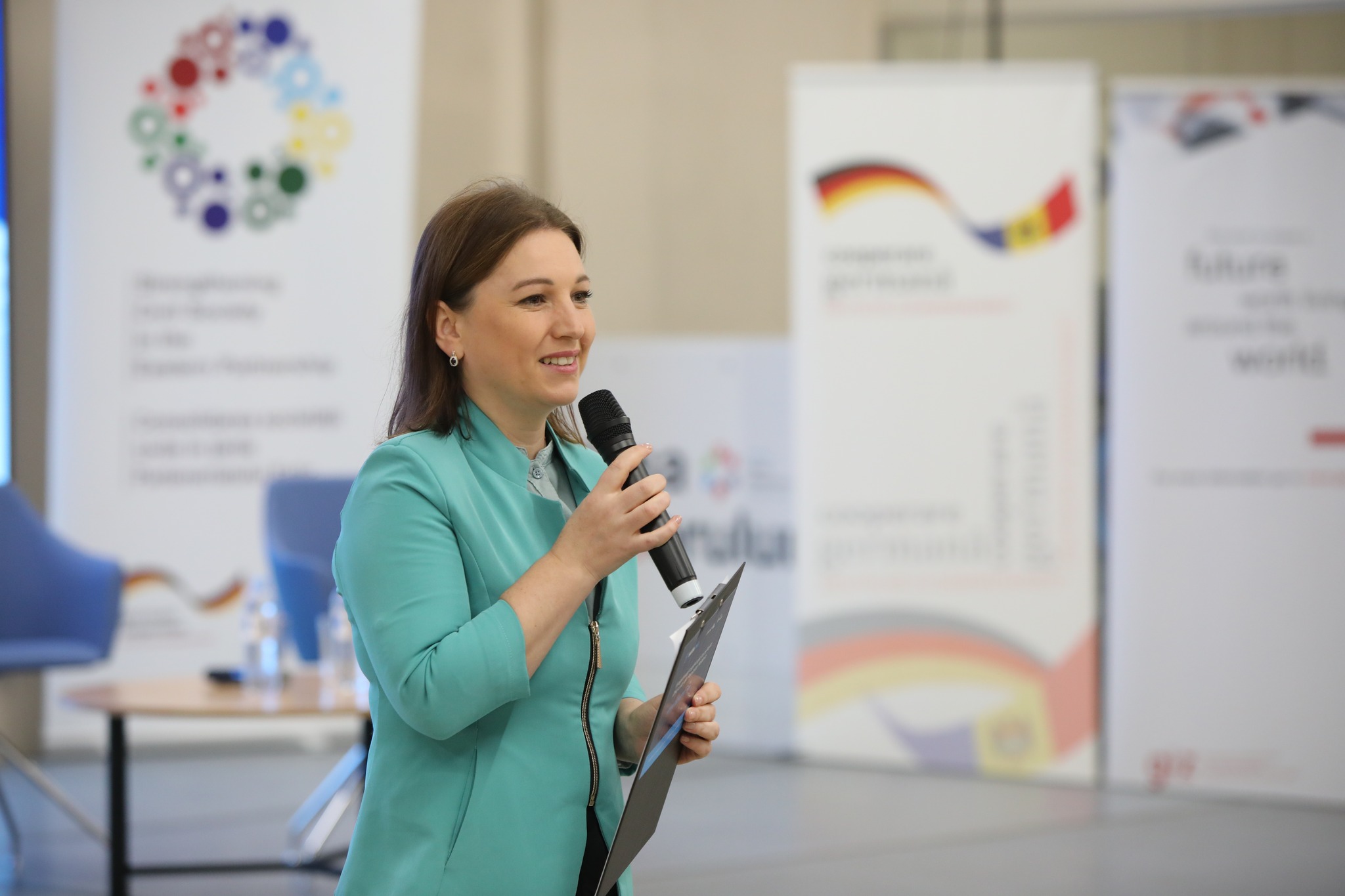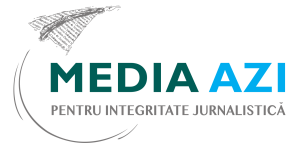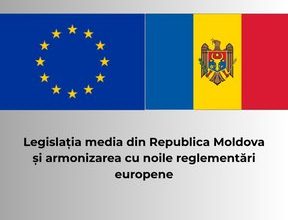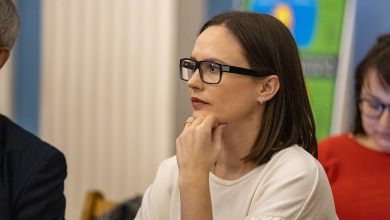Where are the billions of NGOs going?

Elena Nofit, communicator
Over 14,000 civil society organizations are registered in the Republic of Moldova (we call them NGOs), and all together they form the associative sector. We are a community where people who are affected by a certain problem, share the same values or want to contribute to the development of a certain field, a democratic society, get and work together within a non-governmental organization.
I am Elena Nofit, and for 15 years I have worked with NGOs, helping non-governmental organizations or initiative groups to be visible, to do their work with dignity, transparency, and to communicate effectively with beneficiaries and the general public.
Over 5 billion lei contribution to the state budget in 2022
Representing the third sector, civil society organizations are an enormous instrument and power, sometimes not fully used in Moldova, but contributing to economic development, providing social services for vulnerable categories of people, developing public policies, or contributing to community development.
According to the data presented by the State Tax Service for 2022, 6,114 non-commercial organizations (public associations, foundations, and private institutions) filed the income tax return. These data can also indicate the actual number of organizations that carried out public utility activities in 2022. In 2022 alone, civil society organizations contributed to the public budget with revenues of almost five billion lei.
What does this money mean for a society?
● It means over 23,000 jobs offered to people.
● All these employees contributed to the social security budget with over 330 million lei, which could represent an equivalent of about 160,000 pensions, childcare allowances, or other social benefits.
● A contribution of over 122 million lei to the health insurance fund, which means salaries for doctors, medical equipment, and maintenance of public health institutions.
● Hundreds of localities developed: playgrounds, sports grounds, modernized public institutions, repaired roads and sidewalks, etc.
● Hundreds of thousands of people who benefited from social services, humanitarian aid, employment support, training in various fields, information on and defense of human rights, etc.
And all these contributions and results are, in large part, due to the attraction of financial resources from outside, from donors and development partners, since the national authorities offer too few possibilities for financial support of public utility activities carried out by non-governmental organizations.
With all these results, how is it that little is known about NGOs?
Let’s start with the fact that we have no research or analysis providing data on the level of knowledge, perceptions, and interaction of citizens with NGOs. There have been a few attempts, but they are localized or focused on specific topics.
Some data on the level of trust of the population in various institutions, including civil society organizations, are provided by the Public Opinion Barometer. According to the latest data (August 2023), about 25% of respondents mentioned their trust in non-governmental organizations.
This result is influenced by several factors: lack of qualified people (with education and experience in communication and PR) who can communicate effectively about the activities
of an NGO; lack of funds to cover certain salary positions within an NGO and to provide some tools for communication with the public; lack of activities to pursue this objective – to inform people about the activities of organizations; and also messages, political statements that damage the image of and trust in NGOs.
However, as soon as we decide to work in an NGO, it is important to learn to communicate with beneficiaries and to accept that people’s trust in what the organization does is a priority.
What can we do to develop the image of our organization and the trust of its beneficiaries?
First of all, it is important to understand that the activity of an organization is not limited to carrying out events as part of projects. An NGO is not equal to a PROJECT.
The reason why an NGO exists or has been created is the person and their need, the existence of problems in communities or various public areas. It is important to talk about the purpose, plans, and results of the organization in any context or situation in which we interact with the beneficiaries.
Therefore, the communication activity of an organization should be oriented towards the beneficiaries, with clearly formulated messages, language understandable to all, and arising from the objectives of the organization.
Whether you work for a beginner NGO or are an experienced organization, the following recommendations might help:
● Involvement and interaction with beneficiaries. If you work for people, it is important to be with them and their needs. Organize meetings and communication campaigns with beneficiaries. Discover their stories and find out
their opinion about the organization. They will become the ambassadors and voice of the organization in the community.
● Transparency. Tell people regularly about what you do, what your sources of income are, and who your partners, supporters are. Prepare and publish annual activity reports. You can also hold public events to present these reports and answer people’s questions. If you do not have an organization website, you can publish your reports and other information about the organization on the platform www.ngo.md.
● Social responsibility. If you have undertaken a goal and have publicly stated about this decision, the actions to achieve it will not be completed once the project ends. Find possibilities for continuity and achievement of goals. Do not leave people without answers. Respond to the messages, phone calls, and emails of people who believe in you. Go back to the beneficiaries and their situations, to make sure that they are safe and their problem has been solved.
● Communication tools. In an era of digitization, when we have a lot of tools for communication and promotion of organizations, it is important to learn to use them. A website, a page on social networks, where the beneficiaries of the organization are – they are a necessity.
● Collaboration between media and NGOs. First of all, it is a partnership in which both sides win. Journalists and media outlets can make a big contribution in developing the image of the organization and people’s trust in what you do. Give journalists real information and stories, tell them about the impact of your work in communications or in helping people. Give them every support to make sure they understand the topic and the information provided. On the other hand, journalists can find in the associative sector people who know in detail various topics and could be a source for their materials or could provide topics and sources.
At the end of this opinion, I would like to urge communicators and NGOs to get out of the comfort zone. Take courage to try new things and call things by their names. We are not a hindrance to the authorities, but, unfortunately, an undeveloped partner. We don’t have agendas for show, but we have people in need that we care for. We are a strong community that wants and can be involved in the development of a democratic society, in which everyone can live and work with dignity.




